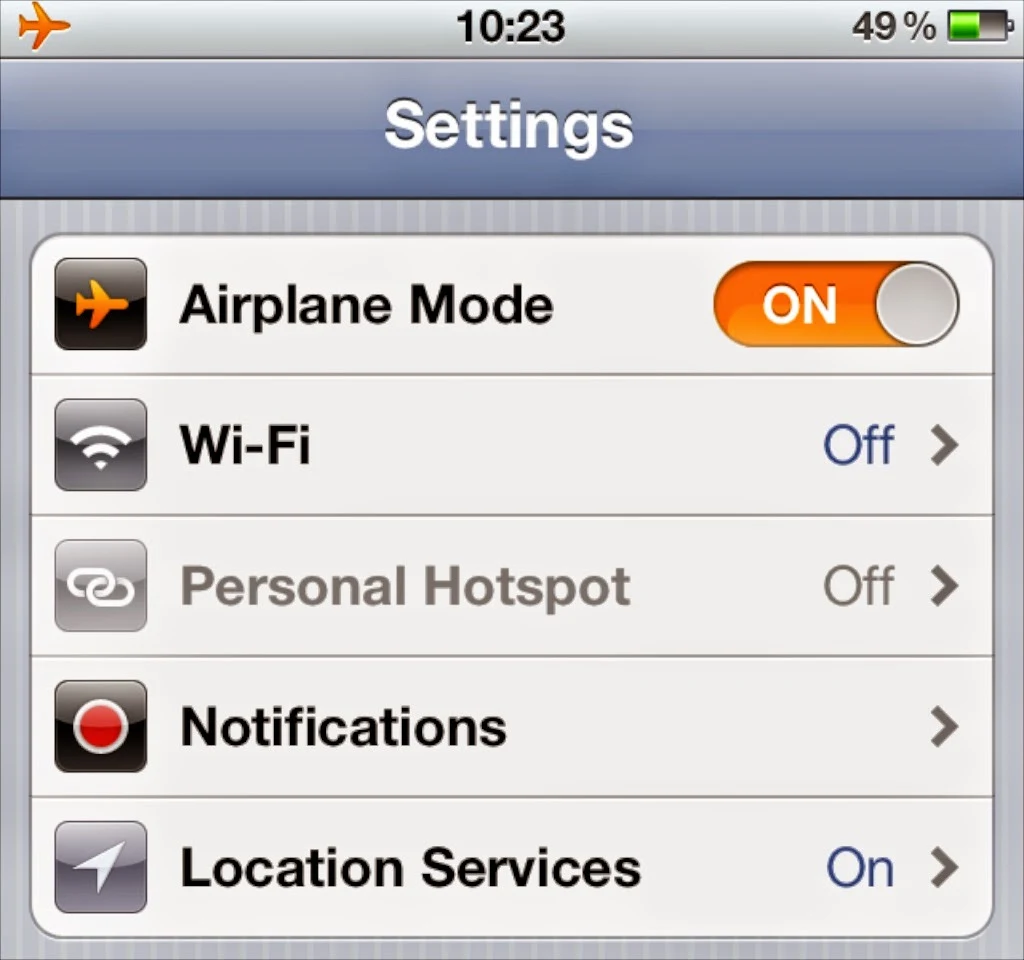An updated invention has the potential of providing free standing application for mobile device which has the capabilities of linking the user to remote internet based database, providing advertisement as per the choice of the user and Henry Peter Badenshop has been granted this Patent. These may include types of products or services needed together with the distance of the advertising location from the user’s mobile GPS location or when the GPS is inactive, the distance can be determined by cellular/mobile device location through cell towers.
Mobile billboard messaging icons tend to display messages which are connected with the user’s choice from advertiser on the user’s devices display like the tablet or the Smartphone which is connected to the internet, location technology as well as logic means in determining when the device of the user is in a prescribed vicinity of the advertiser’s location. Coordination location of the device helps in identifying the advertiser’s location and correlate with user’s preferences within a preselected distance and if this correlation is available, a minimum of one message is displayed from the advertiser on the tablet device or a smartphone.
Message Transmitted based on Given Radii
The message is transmitted when the user’s device is within the given radii from the advertiser and when transmitted, the messaging icons provide real time promotion, together with deals and coupons appropriate for the purchase of goods and services of the advertisers or the sponsors according to the user’s options.
Moreover, the target messages that are displayed by the mobile billboard are based both on the user’s geographical real time location as well as the user’s specific choice. Revenue from advertising has now become a possible driving business force in present day business market with electronic devices being increasingly adopted in the advertising forum, which include advertising on mobile devices and computer namely the tablets and Smartphones.
Majority of the advertisement platforms and models make use of such devices providing advertisements with web page links, email links as well as mobile applications together with games or through spam emails. Other platforms of advertisements tend to use tracking algorithms or phishing means to track consumer’s web site searches and invade them with an attempt to provide advertising aimed towards the consumers.
Mobile Billboard Messaging – GPS Enabled Device
The mobile billboard messaging icon system works with GPS enabled device, a display screen with internet connection, which displays a number of applications. Further on the icon system is created with a mobile billboard messaging icon which is associated with software that has the entry of user and his preferences together with the advertiser or sponsor data.
The messaging icon of mobile billboard gets displayed via the internet connection which displays one message according to the user’s choice which is generated from one advertiser or sponsor. The mobile billboard messaging icon on the other hand functions and enables an internet connection between the mobile device and its message icon software.
The GPS location of the device is equipped with relevant given radial distance from at least one location with one of the advertisers who displays the message. Whenever the GPS is in standby mode or inactive, the location is provided depending on the position of the cellular tower and the location is determined based on the relevant given radial distance from one location associated with the advertiser who displays the message.






